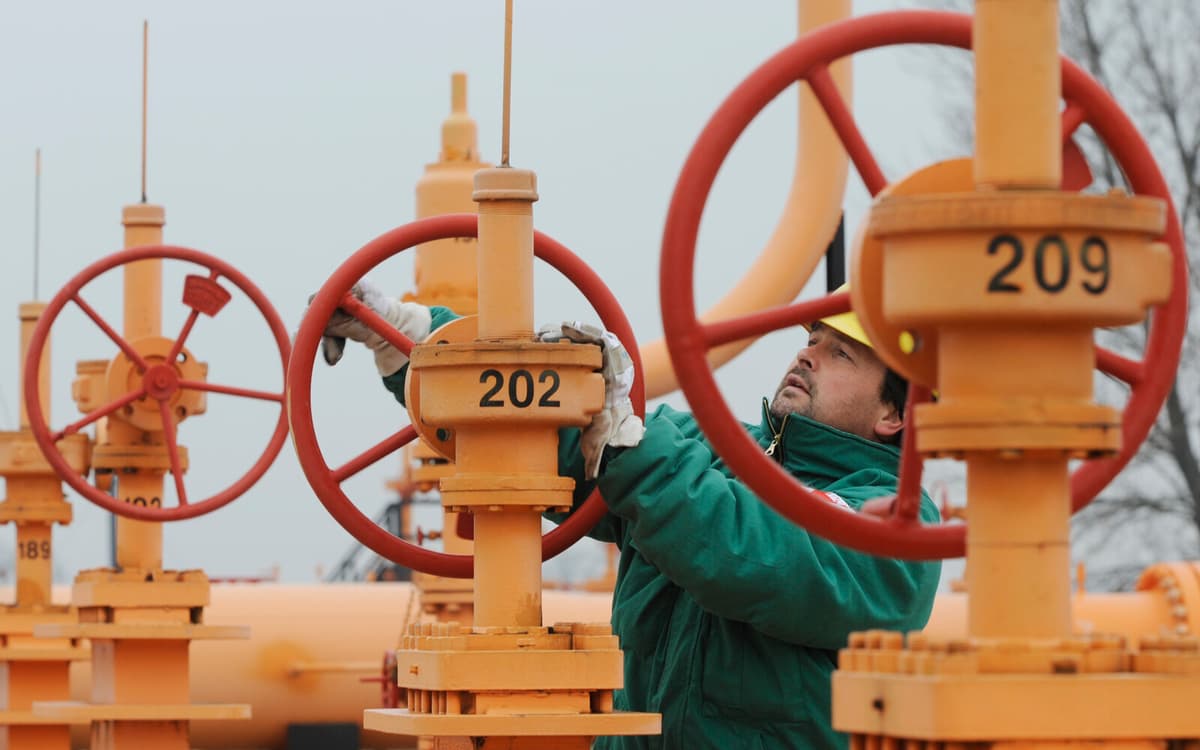An agreement on Russian gas deliveries via Ukraine expires on December 31, and both Russian President Vladimir Putin and his Ukrainian counterpart Volodymyr Zelenskyj have stated that they do not want to extend the agreement.
If the Russian gas tap is turned off, approximately 15 billion cubic meters of fossil gas imports will disappear from the European energy mix. No immediate shortage is expected, but prices can continue to rise as the Russian gas delivered via Ukrainian pipelines will largely need to be replaced by more expensive liquefied gas (LNG) from other countries.
Can affect Swedish electricity prices
Monday's price increase of 1.6 percent to around 45.30 euros per megawatt-hour follows a week where prices rose by 7 percent. Since the beginning of 2024, European gas prices have risen by around 40 percent.
Higher gas prices in Europe can also affect Swedish electricity prices via price effects on the electricity market in neighboring countries such as Germany, where gas is an important source of power.
Around 15 percent of the gas that the EU imports currently comes from Russia. The EU countries most dependent on the flow that can now be cut off are Slovakia, the Czech Republic, Austria, and Italy.
The EU Commission has been flagging for some time that the risk of a cut-off Russian gas flow is high. This scenario is also what analysts at major banks such as Goldman Sachs, Morgan Stanley, JP Morgan Chase & Co, and HSBC describe as the most likely.
Norway has stepped forward
At the turn of the year 2021/2022, in the weeks leading up to Russia's large-scale attack on neighboring Ukraine, Russia accounted for 49 percent of the gas imported by EU countries.
It is particularly Norway and the USA that have stepped forward as suppliers of fossil gas as Russian deliveries have decreased to current levels. Norway's share of the EU gas market has increased from 25 percent in the fourth quarter of 2021 to 34 percent in the second quarter of 2024.





